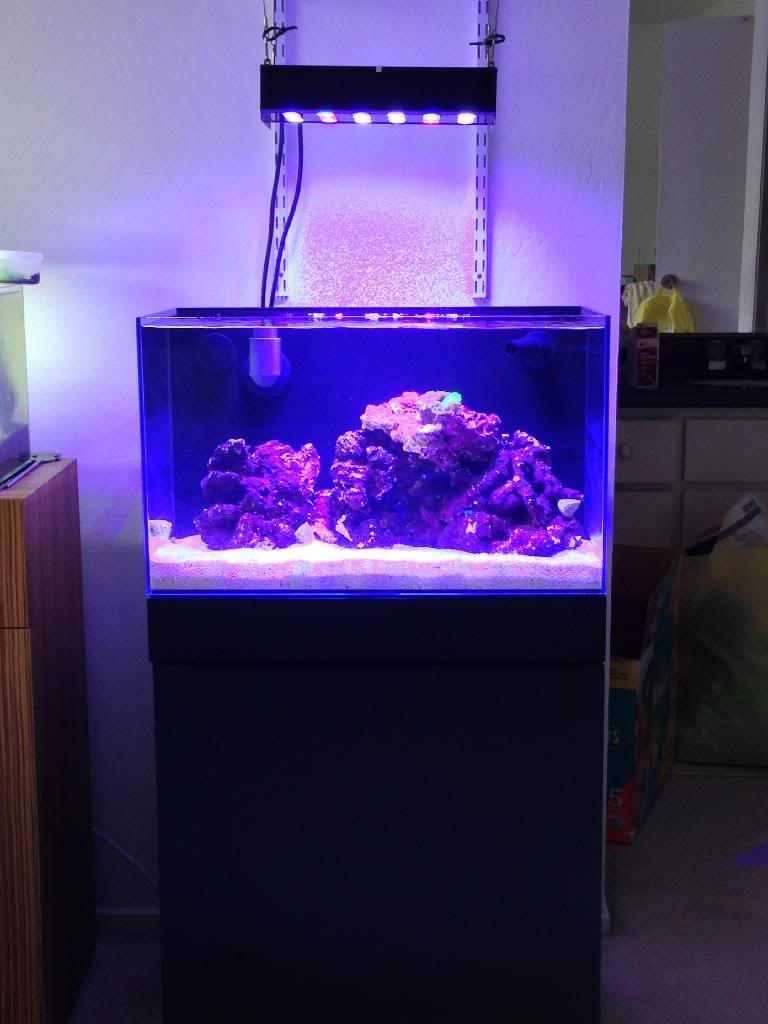Hey All,
I'm trying to find some information on how safe these UV LEDs are on my fixture? Ive got a little one and she loves looking into the tank. Shes always attended to when close to the tank because we dont want her looking directly into the lights. Are there any concerns with the UV LEDs? My fixture is full spectrum I believe with UV.
Thanks!
I'm trying to find some information on how safe these UV LEDs are on my fixture? Ive got a little one and she loves looking into the tank. Shes always attended to when close to the tank because we dont want her looking directly into the lights. Are there any concerns with the UV LEDs? My fixture is full spectrum I believe with UV.
Thanks!




